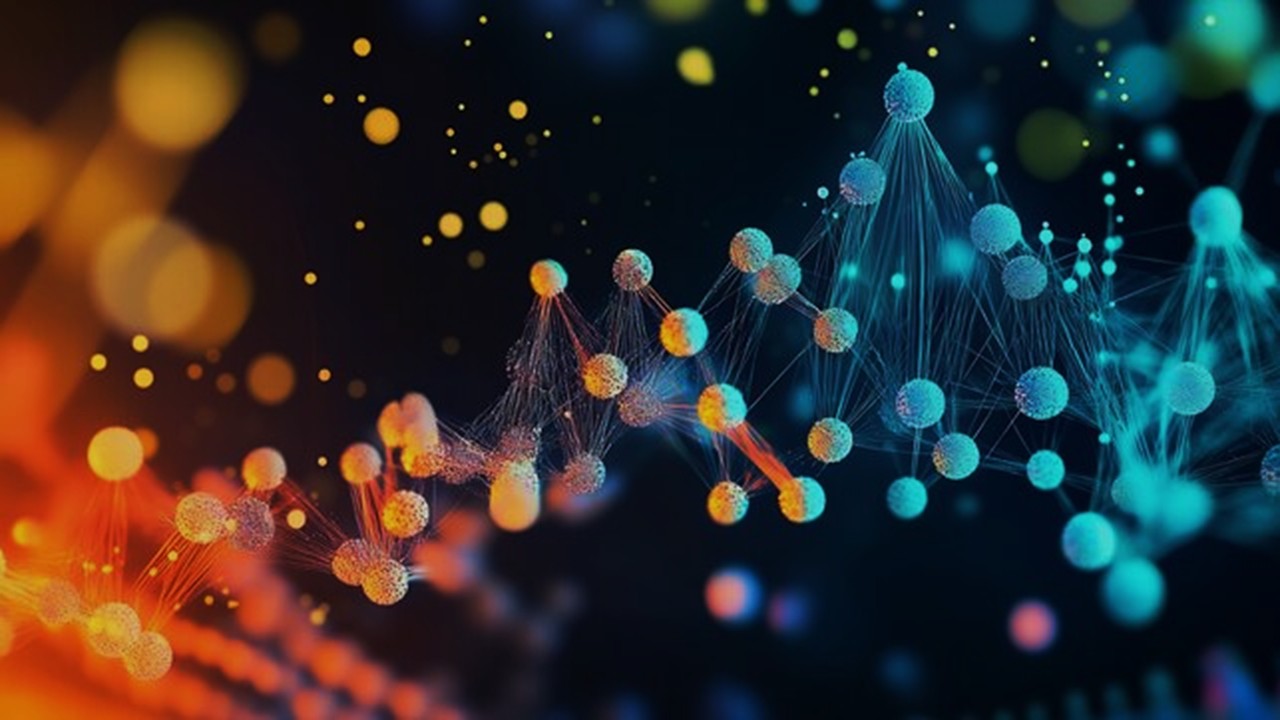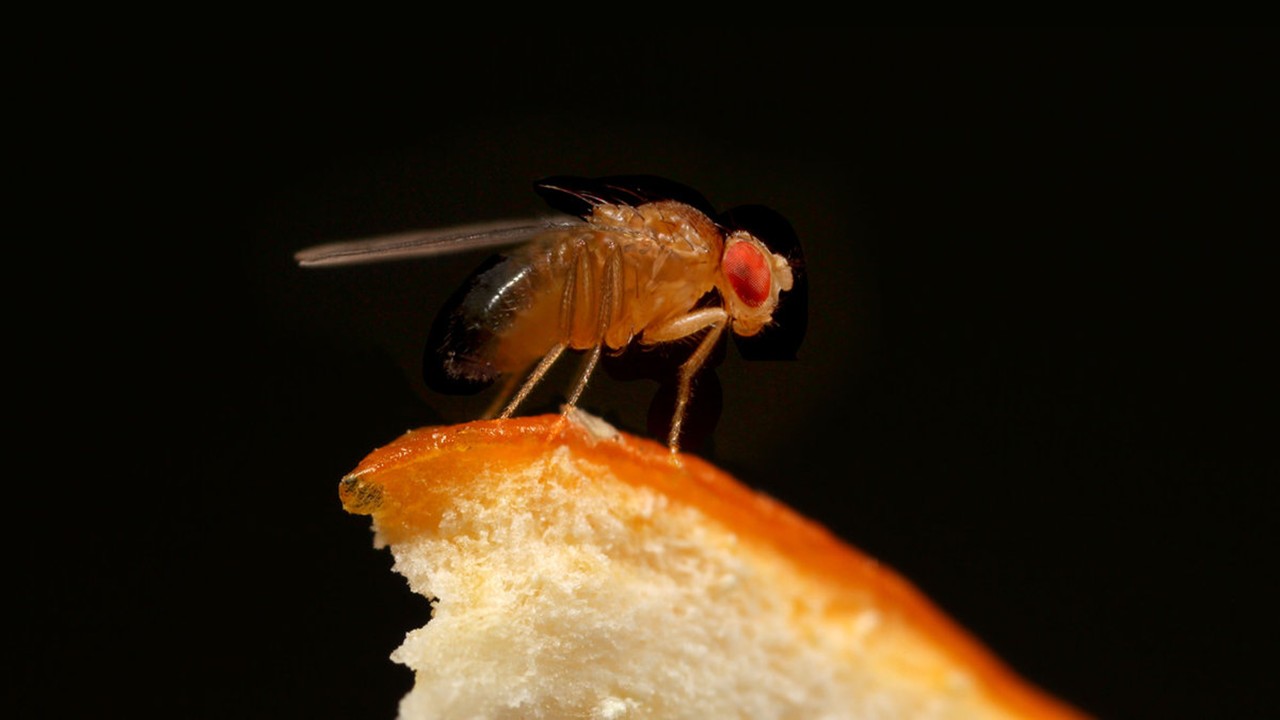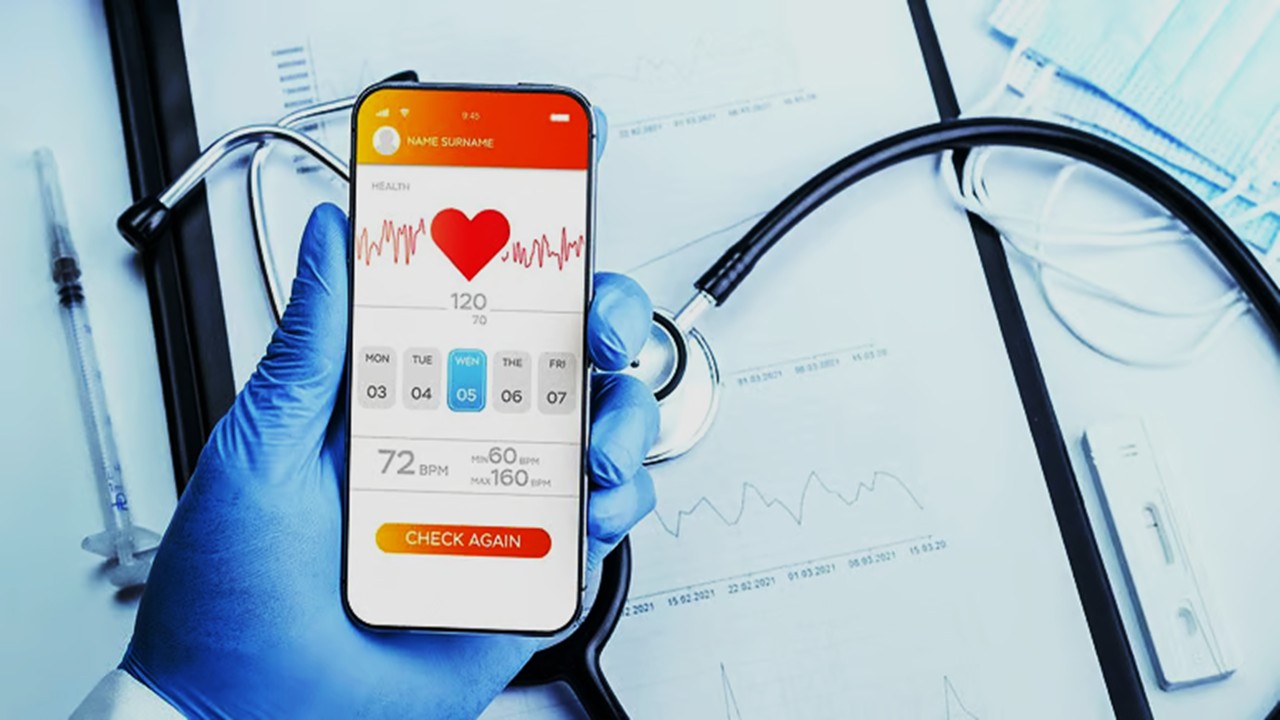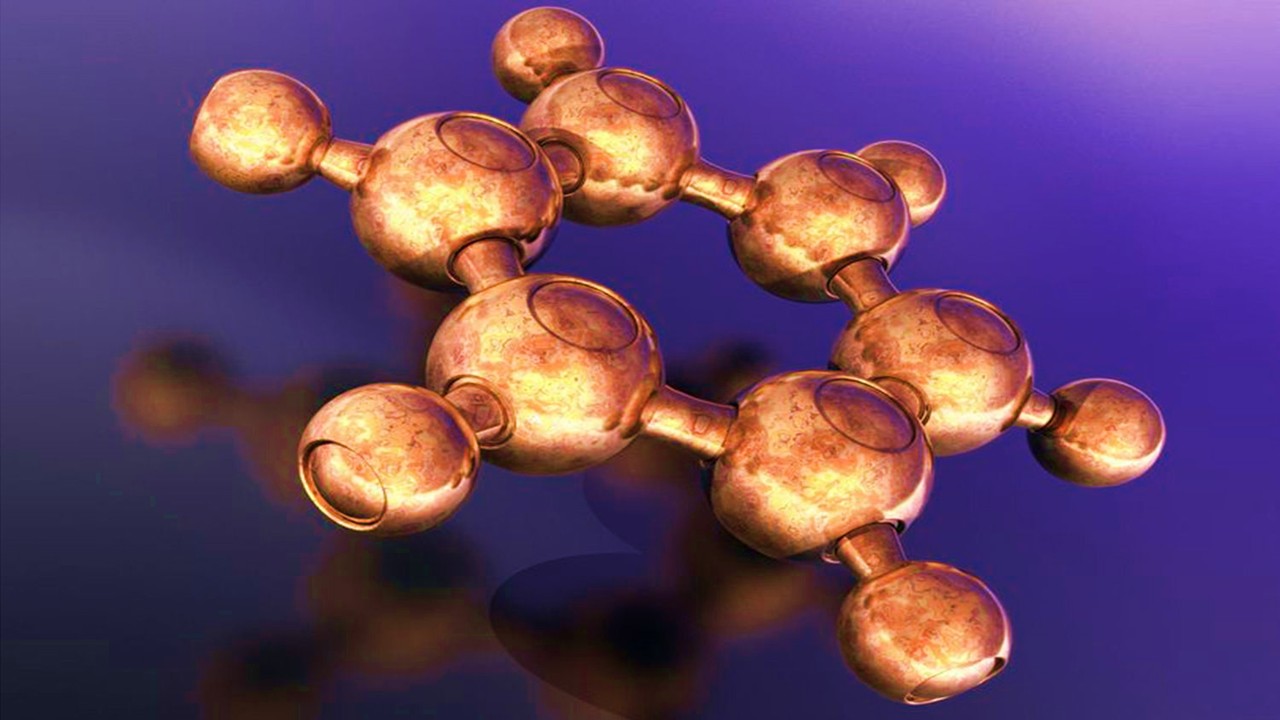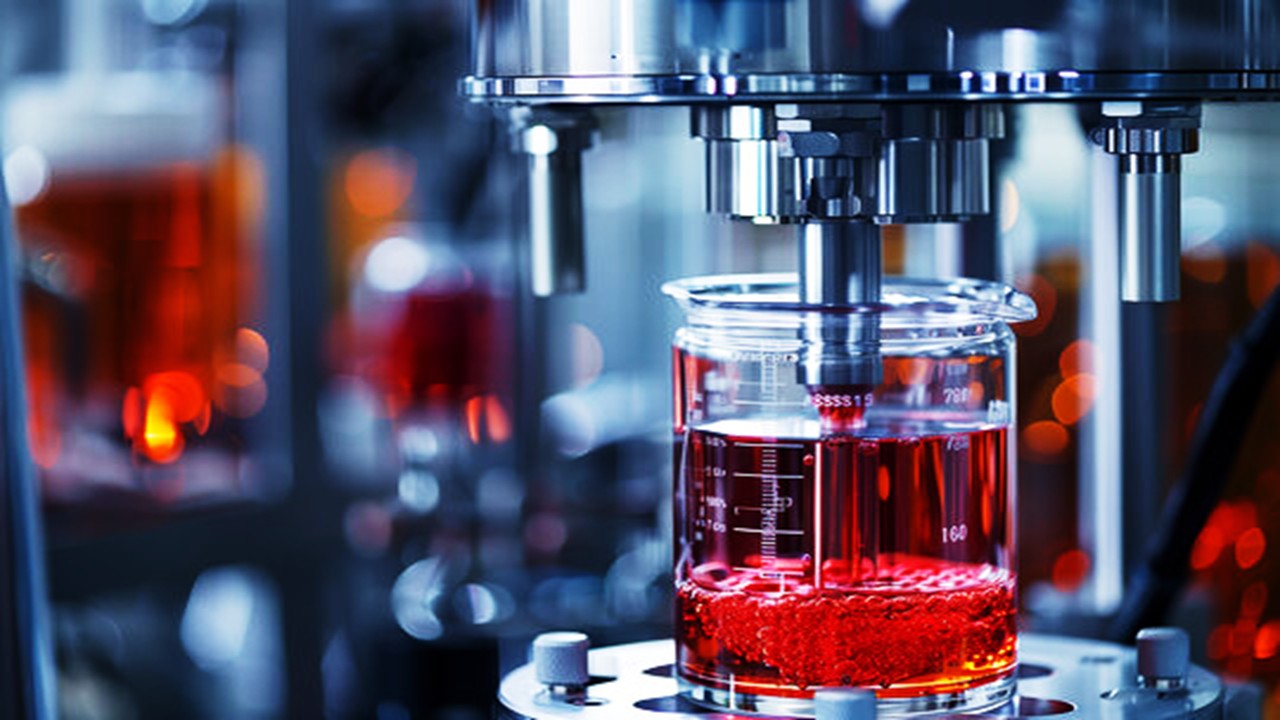Bioreactors serve as the cornerstone of modern bioprocessing, enabling the scalable production of therapeutics, biofuels, and engineered tissues. The optimization of bioreactor conditions is a delicate interplay of biology, engineering, and computational modeling, where minute adjustments can drastically impact yield, viability, and product quality. From microbial fermentations to mammalian cell cultures, each system demands a tailored approach to maximize efficiency while minimizing metabolic stress and byproduct accumulation. Advances in sensor technology, real-time analytics, and machine learning have revolutionized our ability to fine-tune these systems with unprecedented precision. This article delves into the critical parameters and emerging strategies that define bioreactor optimization.
The Biophysical Foundations of Bioreactor Performance
At the core of bioreactor optimization lies an intimate understanding of cellular biophysics. Cells, whether bacterial, fungal, or mammalian, respond dynamically to their microenvironment, altering metabolic fluxes in response to nutrient gradients, shear forces, and dissolved gas concentrations. The fluid dynamics within a bioreactor must ensure homogeneity while avoiding excessive agitation that could lyse sensitive cells. Oxygen transfer rates, in particular, are a linchpin parameter, as aerobic cultures demand precise control to prevent hypoxia or oxidative damage.
Researchers emphasize that metabolic bottlenecks often arise from mismatches between nutrient feed rates and cellular uptake capacities. For instance, glucose starvation can trigger stress responses, while excess feeding may lead to overflow metabolism and waste byproducts like lactate or acetate. The viscosity of the culture medium further complicates mass transfer, especially in high-density fermentations where cell-to-cell interactions impede diffusion.
Recent studies highlight the role of cell membrane integrity in bioreactor efficiency. Mechanical stress from impellers or sparging can compromise membrane stability, leading to premature cell death. Engineers now employ computational fluid dynamics (CFD) to model stress distribution and redesign impeller geometries for gentler mixing. Additionally, advances in non-invasive probes allow real-time monitoring of intracellular pH and redox states, providing deeper insights into metabolic health.
The integration of omics technologies—transcriptomics, proteomics, and metabolomics—has further refined our understanding of bioreactor dynamics. By correlating gene expression profiles with environmental conditions, scientists can identify optimal setpoints for specific cell lines. This systems biology approach has been particularly transformative in biopharmaceutical production, where monoclonal antibody titers have seen significant improvements through targeted media and process adjustments.
Ultimately, the biophysical principles governing bioreactor performance demand a multidisciplinary approach. Success hinges on harmonizing cellular biology with engineering constraints, ensuring that every variable—from turbulence to trace elements—is calibrated for peak efficiency.
The Critical Role of Dissolved Oxygen and Gas Exchange
Oxygen availability is a decisive factor in aerobic bioprocesses, influencing everything from ATP synthesis to recombinant protein folding. Insufficient dissolved oxygen (DO) can stall proliferation and shift cells toward anaerobic pathways, while excessive oxygenation may generate reactive species that damage cellular machinery. Modern bioreactors employ sophisticated gas blending systems, often combining oxygen, nitrogen, and carbon dioxide to maintain optimal concentrations.
Sparging—the injection of gas bubbles into the culture—remains the most common oxygenation method, but it introduces challenges. Fine bubbles enhance surface-area-to-volume ratios for efficient transfer but may coalesce into larger, less effective pockets. Microspargers and membrane-based diffusers have emerged as solutions, minimizing bubble size while reducing shear stress. Some systems even utilize perfluorocarbon-based oxygen carriers to augment DO levels without increasing mechanical agitation.
Carbon dioxide accumulation is another often-overlooked variable. While essential for pH buffering in mammalian cultures, excess CO₂ can become inhibitory, disrupting enzyme function and glycosylation patterns. Engineers now implement exhaust gas analyzers to dynamically adjust sparging rates, ensuring CO₂ remains within a non-toxic window. Similarly, the balance between oxygen and carbon dioxide must be carefully managed to prevent metabolic acidosis or alkalosis in sensitive cell lines.
Recent innovations include the use of gas-permeable membranes and hollow-fiber bioreactors, which facilitate passive diffusion without bubbling. These systems are particularly advantageous for shear-sensitive applications like stem cell expansion. Meanwhile, researchers exploring extremophile organisms have developed pressurized bioreactors capable of sustaining hyperoxygenated conditions, unlocking novel pathways for high-density fermentations.
The future of gas exchange optimization may lie in biohybrid systems, where synthetic biology meets engineering. Some teams are experimenting with oxygen-generating enzymes or algae co-cultures to sustain DO levels autonomously. These approaches could revolutionize large-scale bioprocessing by reducing reliance on external gas supplies and simplifying control logistics.
Nutrient Feeding Strategies: From Batch to Continuous Perfusion
The method by which nutrients are delivered to a bioreactor profoundly impacts cell growth and product formation. Traditional batch cultures, where all components are added upfront, often suffer from depletion and waste accumulation. Fed-batch systems, which incrementally supply key substrates, have become the gold standard for many industrial processes, extending viability and boosting titers.
Continuous perfusion bioreactors represent the next evolution, constantly replenishing media while removing spent fractions. This method maintains cells in a steady-state, ideal for producing unstable proteins or maintaining stem cell pluripotency. However, perfusion demands intricate filtration systems to retain cells while allowing waste removal, and membrane fouling remains a persistent challenge.
Researchers have developed dynamic feeding algorithms that adjust nutrient delivery based on real-time metabolic demand. By monitoring glucose, glutamine, and other critical metabolites, these systems prevent feast-or-famine scenarios that destabilize cultures. Some teams employ Raman spectroscopy or dielectric spectroscopy to infer nutrient consumption rates without invasive sampling.
The choice of basal medium also plays a pivotal role. Chemically defined media eliminate variability from animal-derived components, while customized blends can be tailored to specific cell lines. Recent work has demonstrated that trace elements like selenium and zinc can dramatically influence post-translational modifications in therapeutic proteins, underscoring the need for precision formulation.
Emerging paradigms include the use of quorum-sensing molecules to synchronize microbial cultures or the incorporation of nanocarriers for timed nutrient release. As bioprocessing moves toward Industry 4.0, fully automated, self-optimizing bioreactors may soon become standard, leveraging AI to predict and adjust feeding regimens in real time.
Temperature, pH, and Osmolarity: The Triad of Cellular Homeostasis
Maintaining optimal temperature, pH, and osmolarity is non-negotiable for bioreactor success. Even minor deviations can induce heat shock responses, acidification-induced apoptosis, or osmotic stress that cripples productivity. Most mammalian cultures thrive near physiological conditions, while microbial systems may require higher temperatures for maximal enzyme activity.
pH control is typically achieved through buffering agents like bicarbonate or organic acids, supplemented by CO₂ sparging. However, metabolic activity can rapidly alter local pH, necessitating robust feedback loops. Novel pH-sensitive fluorescent dyes now enable non-invasive monitoring, while electrogenic systems can actively modulate proton concentrations without chemical additives.
Osmolarity is often an underappreciated variable, yet it governs water flux across cell membranes. High osmolarity from accumulated metabolites can dehydrate cells, while hypo-osmotic conditions risk lysis. Engineers now employ in-line osmometers to dynamically adjust media composition, ensuring stability throughout long-term cultures.
Extremophilic organisms have inspired innovations in robust bioreactor designs. Some industrial processes now leverage thermostable enzymes or acid-tolerant strains, reducing the need for stringent environmental controls. Meanwhile, cryo-bioreactors are being explored for low-temperature bioprocessing, which can slow metabolism and extend product stability.
The interplay between these three factors is complex; a shift in pH can affect enzyme kinetics, which in turn alters metabolic heat output. Advanced bioreactors now integrate multi-parameter control systems that simultaneously adjust temperature, gas flow, and nutrient feeds to maintain equilibrium. Such integrations are critical for scaling lab-optimized conditions to industrial volumes without performance loss.
Shear Stress and Mixing Dynamics: Protecting Cells from Mechanical Trauma
The hydrodynamic forces within a bioreactor can make or break a culture. While adequate mixing ensures nutrient and gas uniformity, excessive shear stress can rupture cells or damage sensitive proteins. Animal cells, lacking protective cell walls, are especially vulnerable, necessitating impeller designs that minimize turbulence.
Pitched-blade and marine impellers are common, but novel designs like elephant ear or helical ribbon agitators are gaining traction for shear-sensitive applications. Computational fluid dynamics (CFD) modeling has become indispensable for predicting stress distribution, allowing engineers to refine bioreactor geometries before physical prototyping.
Alternative mixing strategies, such as airlift or wave-induced agitation, eliminate mechanical stirrers altogether. These systems are particularly valuable for vaccine production and cell therapy applications, where preserving viability is paramount. Some teams have even explored acoustic streaming—using sound waves to generate gentle fluid motion—though scalability remains a hurdle.
Microcarriers, used in adherent cell cultures, add another layer of complexity. These small beads provide surface area for cell attachment but can collide at high agitation rates, causing detachment or damage. Optimizing microcarrier density and agitation speed is thus a delicate balancing act, often requiring empirical testing.
Emerging solutions include biomimetic coatings that reduce cell adhesion strength, allowing easier harvesting without shear damage. Meanwhile, smart materials that change viscosity in response to temperature or pH could enable self-regulating mixing intensities, adapting in real time to cellular demands.
Process Analytical Technology (PAT) and Real-Time Monitoring
The advent of Process Analytical Technology (PAT) has transformed bioreactor optimization from a black-box exercise into a data-driven science. In-line sensors for dissolved oxygen, pH, glucose, and biomass now provide continuous feedback, enabling proactive adjustments rather than reactive corrections.
Spectroscopic tools like near-infrared (NIR) and mid-infrared (MIR) spectroscopy offer non-destructive monitoring of multiple analytes simultaneously. These systems can detect subtle shifts in metabolic byproducts or nutrient levels, often predicting deviations before they impact culture health.
Machine learning algorithms are increasingly deployed to interpret complex datasets, identifying patterns that human operators might miss. Predictive models can forecast cell growth trajectories or anticipate metabolic shifts, allowing preemptive media exchanges or feed rate modifications.
Despite these advances, sensor fouling and calibration drift remain persistent challenges. Self-cleaning optical sensors and reference-free electrochemical probes are under development to enhance reliability. Meanwhile, the integration of wireless sensor networks allows for decentralized monitoring in large-scale bioreactor farms.
The ultimate goal is a fully autonomous bioreactor, capable of self-optimization with minimal human intervention. Early prototypes already exist, leveraging AI to adjust parameters in real time based on multi-omic data streams. As these technologies mature, they promise to democratize high-yield bioprocessing, making cutting-edge therapies and sustainable biofuels more accessible.
Scale-Up Challenges: Bridging the Lab-to-Factory Gap
Translating optimized bench-scale bioreactor conditions to industrial volumes is fraught with pitfalls. Mass transfer limitations, gradient formation, and heterogeneity become magnified at larger scales, often necessitating trade-offs between efficiency and control.
Geometric dissimilarity between small and large bioreactors complicates direct scaling. A well-mixed 5-liter vessel may exhibit perfect homogeneity, while a 5,000-liter tank could develop dead zones or nutrient stratification. Engineers employ dimensionless numbers like the Reynolds and Péclet numbers to maintain hydrodynamic similarity, but perfect translation remains elusive.
Mixing time—the duration required for a tracer to distribute uniformly—increases disproportionately with scale. This delay can create transient nutrient or oxygen deficiencies, stressing cells even if bulk conditions appear stable. Some facilities adopt staged scaling, incrementally increasing volume to identify and mitigate such issues.
Regulatory constraints add another layer of complexity. Changes in bioreactor parameters often require revalidation under Good Manufacturing Practice (GMP) guidelines, discouraging iterative optimization post-scale-up. Modular bioreactor systems, where multiple smaller units operate in parallel, are gaining popularity as a compromise, offering scalability without sacrificing control.
Future innovations may include 3D-printed bioreactors with optimized internal structures for enhanced mixing, or distributed sensor grids that provide high-resolution spatial data. Until then, scale-up will remain as much an art as a science, demanding empirical expertise alongside computational modeling.
Emerging Frontiers: Synthetic Biology and Smart Bioreactors
The convergence of synthetic biology and bioreactor engineering is unlocking unprecedented possibilities. Engineered microbial consortia can now divide labor, with some cells specializing in nutrient scavenging while others focus on product synthesis. Such systems demand precise compartmentalization within bioreactors to maintain ecological balance.
Smart bioreactors, embedded with AI and adaptive control systems, represent the next paradigm shift. These systems can learn from historical batches, identifying optimal conditions for novel strains without extensive trial and error. Some experimental setups even incorporate CRISPR-based biosensors, where cells themselves report stress or product accumulation via fluorescent signals.
Bioelectrochemical reactors are another emerging field, leveraging microbial electrosynthesis to convert CO₂ into valuable compounds. By applying controlled voltages, engineers can steer metabolic pathways toward desired outputs, opening new avenues for carbon-neutral manufacturing.
Meanwhile, advances in 3D bioprinting enable the fabrication of tissue-like structures within bioreactors, blurring the line between bioprocessing and regenerative medicine. Vascularized organoids, for instance, require perfusion dynamics that mimic native capillaries, pushing bioreactor design into uncharted territories.
As these technologies mature, the very definition of a bioreactor may expand. From living foundries producing bespoke chemicals to hybrid bioelectronic systems interfacing cells with silicon, the future of bioreactor optimization is limited only by our imagination—and our mastery of the underlying science.
The Art and Science of Bioreactor Mastery
Optimizing bioreactor conditions is a multidimensional challenge, blending cellular biology, fluid dynamics, and cutting-edge engineering. Each parameter—from dissolved oxygen to shear stress—must be meticulously balanced to achieve robust, high-yield bioprocessing. With advances in real-time analytics, machine learning, and synthetic biology, the field is poised for transformative breakthroughs.
The path forward will require interdisciplinary collaboration, as biologists, engineers, and data scientists work in concert to unravel the complexities of cellular behavior under industrial constraints. Whether producing life-saving biologics or sustainable biofuels, the bioreactor remains the beating heart of biotechnology—and its optimization is key to unlocking a brighter, more efficient future.
Engr. Dex Marco Tiu Guibelondo, B.Sc. Pharm, R.Ph., B.Sc. CpE
Editor-in-Chief, PharmaFEATURES

Subscribe
to get our
LATEST NEWS
Related Posts

Chemistry, Manufacturing & Controls
Chemical Gale: How Wind Energy is Reshaping Industrial Manufacturing
The integration of wind energy into chemical manufacturing constitutes a fundamental reimagining of process chemistry.
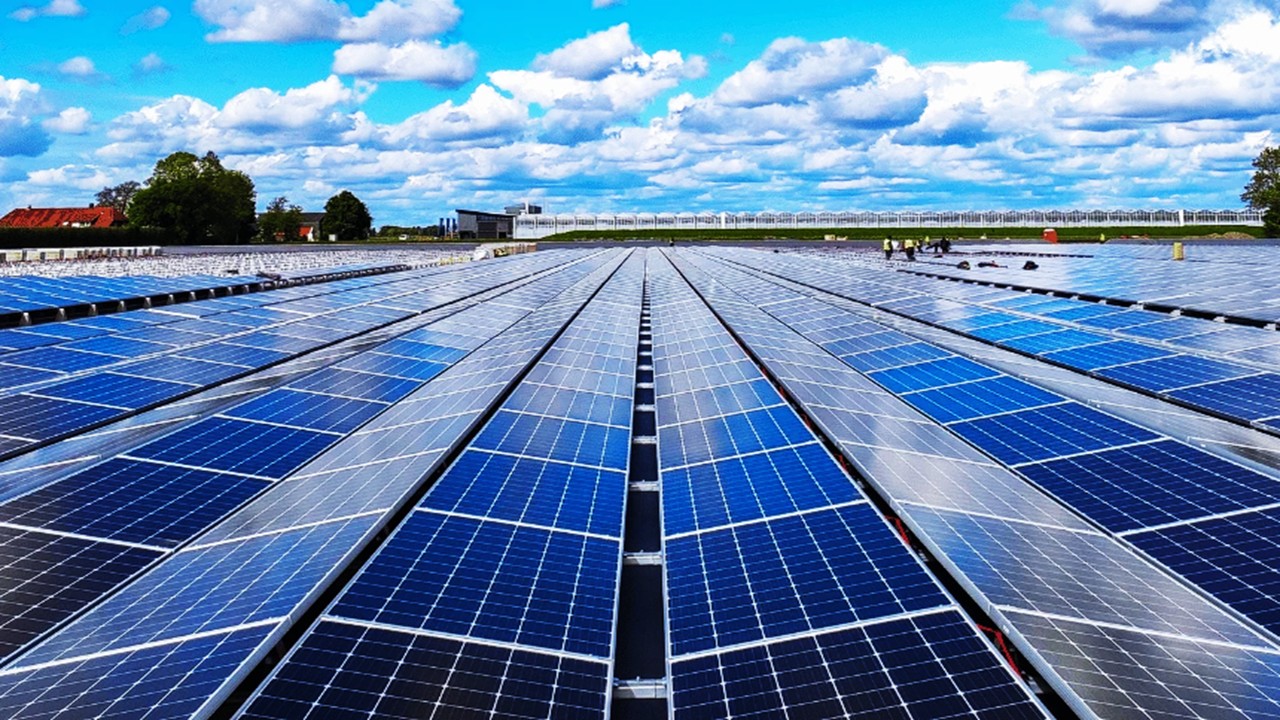
Chemistry, Manufacturing & Controls
Photon to Pill: The Solar-Powered Future of Pharmaceutical Manufacturing
In pharma manufacturing, sunlight powers innovations from photoredox API synthesis to solar-thermal sterilization, offering unique benefits beyond grid energy.
Read More Articles
Algorithmic Trials: How Decision Theory is Reshaping Decentralized Clinical Research
Decision theory offers a robust mathematical framework to design trials that enhance efficiency, uphold ethical standards, and better reflect the complexities of real-world therapeutic contexts.
Polarity Alchemy: Strategic Charge Manipulation in Contemporary Drug Design
The future promises tunable therapies with polarity adjustable by light, magnetic fields, or bioorthogonal triggers.






